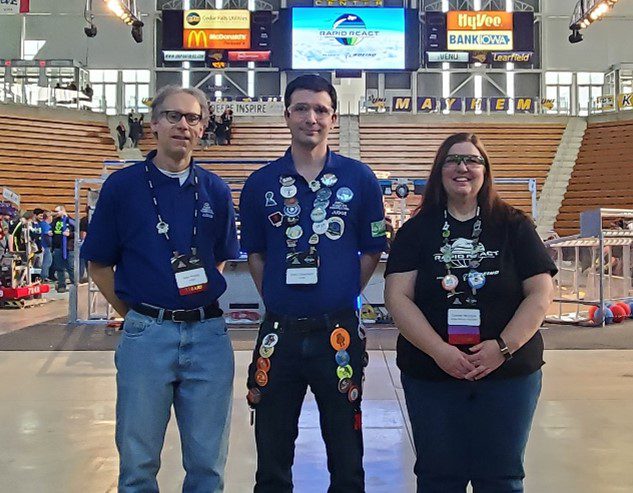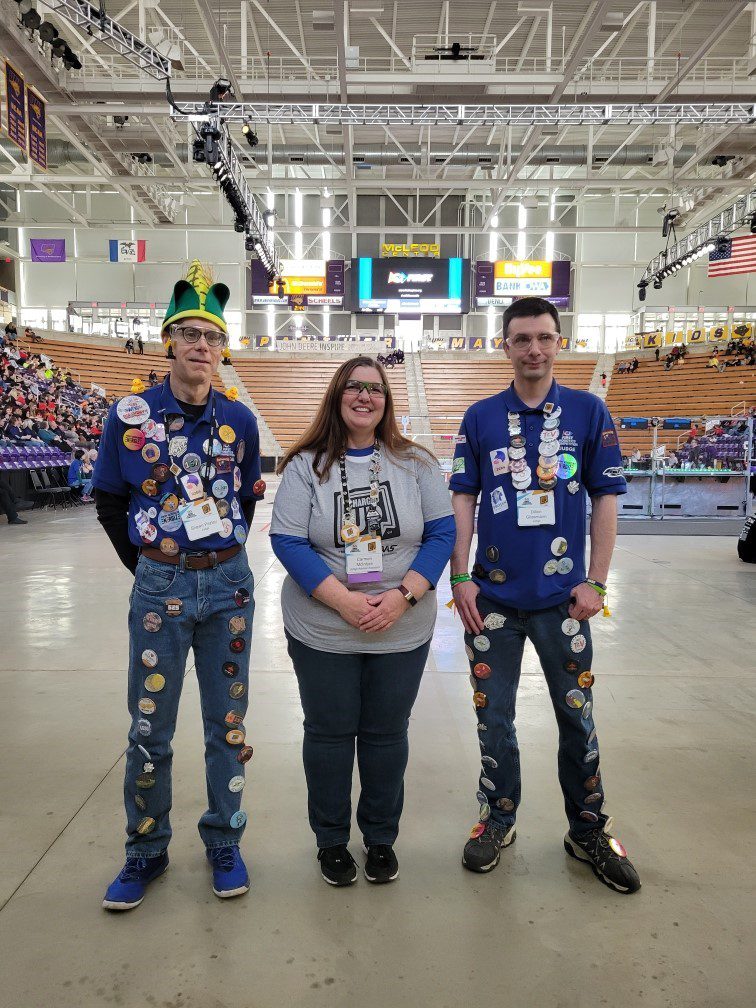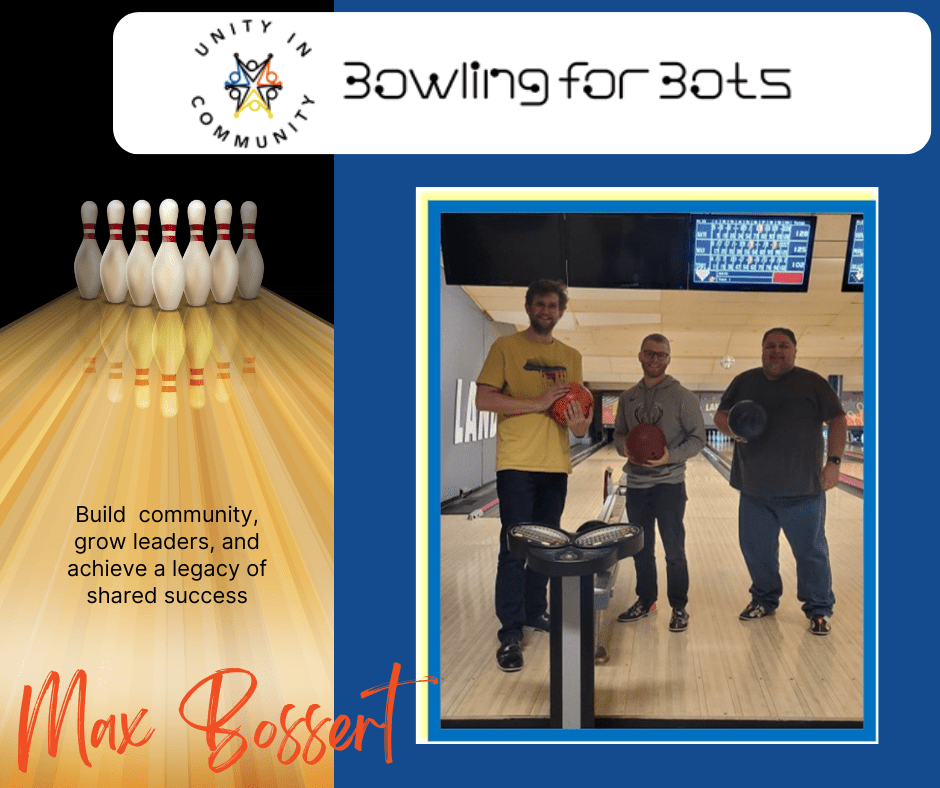
I have been involved with FIRST LEGO League (FLL) for five seasons as a FLL coach. I have watched the youth grow in their abilities and for their passion in STEM (Science, Technology, Engineering, and Math) related subject matter. One particular youth, my daughter, has gone from someone who thought engineering was not for her (that is putting it mildly) to now planning her high school career so she meets the admission requirements of Iowa State (just in case she chooses to pursue engineering). This all occurred because of her involvement in FLL and a female engineer friend who my daughter respects.
My daughter expressed interest in joining FLL before she was eligible to join (most youths love LEGOs). When she got to 4th grade, I sought out a team for which she could join and I could help: a package deal. I not only helped, but I become a coach that first year, while my daughter explored engineering concepts and challenges. In our third year, our team qualified to attend the state competition on the Iowa State campus. At this time, my daughter was very strong in her belief that she was not going to college at Iowa State and she was not going to be an engineer. While walking between our events, a friend and parent of a Jr. FLL team member (I coached both an FLL and Jr. FLL team that year and both participated at ISU that day) spent some time talking about females in engineering and that triggered the start of a change in my daughter’s attitude towards engineering.
Two more FLL state competitions later, my daughter earned the Grace Murray Hopper Award. This award recognizes a female FLL team member who shows persistence in finding solutions, the courage to be innovative, and is a gracious professional. This was only one of the highlights of my team’s participation at this year’s state competition. The team achieved 2nd place in the overall project category.
Besides the recognitions I mentioned above, the value of FLL is extensive. FLL gives youth real life engineering and problem solving experience in a team environment.
First, there is the challenge of working as a team for a common goal. I have witnessed the youth learning how to work with others, but also to realize that others with different views are really valuable. A few years back, my daughter paired with another member to work on the presentation for the project (the FLL project requires the team to develop a solution to a real-life problem based upon the year’s theme). Initially, my daughter thought the other team member was very different from her and didn’t see how this alliance would work. She learned that they had a lot more in common, but also that they complemented each other in their strengths. Upon completion of the presentation, she learned that they worked very well as a team and appreciated working with this team member.
Second, there is the challenge of working with a dumb robot. The robot only knows to do what it is told to do. If the robot is told to switch a motor, which powers a wheel, from off to on and put forth maximum power, a temporary loss of friction may occur between the wheel and the surface and repeatability in final position does not happen after the robot has finished its movement. The youth were able to experience a lot of lessons learned battling every day forces such as friction.
Third, the youth used sensors that engineers use. This past season, some members of my team learned how to use an ultrasonic sensor. This allowed the robot to move to specific locations in a more repeatable fashion. One of my co-workers also was integrating ultrasonic sensors into his project, such that movement of the product could be completed in a more repeatable manner. It meant something to the youth that they were working with the same type of sensor that was being used in a real life product.
I could continue with more examples of the value of FLL, but ultimately, the greatest value from FLL is the excitement it generates in youth for STEM. STEM professionals who spend time coaching and mentoring FLL teams are in essence recruiting the next generation of STEM professionals. The youth of today will be responsible for solving the world’s problems of tomorrow. I know my daughter has gained a strong interest in STEM and FLL participation has been influential in growing that interest.





